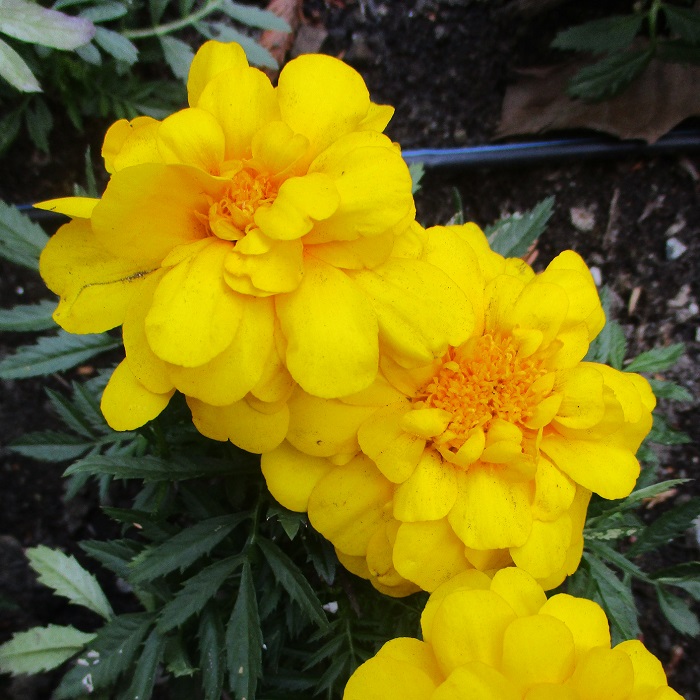UNITED STATES—For many of us, this might seem to be irrelevant. We do not apply fertilizer to our landscapes and gardens. Some of us who use fertilizer do so mostly for seasonal vegetable plants and flowering annuals. Such plants will either not be around long enough to get fertilized again this year, or are cool season plants that are on a completely different fertilizer schedule through autumn and winter.
Two other main exceptions that that might continue to get fertilizer after summer are lawns and houseplants. Some types of turf grasses, particularly those in older lawns, can get a bit pale through the cooler parts of winter, so appreciate a boost. Houseplants are mostly immune to the cold weather outside, so continue to crave nutrients, even if slowed somewhat by shorter day length.
So, except for lawns, houseplants, and incoming and outgoing annuals and vegetables, most other plants in the garden do not need to be fertilized again until weather begins to warm next spring. Not only do they not need fertilizer, but some could be inconvenienced by it. They know what time it is, and that they should now be slowing down for winter. Fertilizer can interfere with the process.
There are a few reasons why plants slow down or go dormant through winter. Some of the nutrients that they need to maintain active growth are less soluble or otherwise less available to them at cooler temperatures. There is less sunlight too. Plants from climates with cooler winters tend to be more proficient with winter dormancy. Many are deciduous to limit damage from wintry weather.
Some plants might use a late application of fertilizer to get ready for winter dormancy. Others might just ignore it as it leaches through the soil. Those that are from milder climates might try to use it to continue growing later than they should. For plants that are potentially sensitive to frost, growth that develops too late will not likely mature soon enough to be resilient to even mild winter frost.
This is why fertilizer can be applied to many plants one last time about now, but no later.
Highlight: French marigold
Actually, French marigold, Tagetes patula, is no more French than African marigold is African. All are from Mexico and Guatemala. They were merely popularized and bred respectively in France and Africa. There are now hundreds of varieties. Yet, their color range is surprisingly limited to hues and shades of yellow, orange and ruddy brown. White marigolds are really just very pale yellow.
While African marigold is only occasionally grown for bigger cutting flowers on taller stems, French marigold is much more popularly grown for late warm season annual color. Because it blooms late in summer and early in autumn, and continues only until frost or sustained rain, it is often planted if earlier warm season annuals deteriorate while it is still too warm for cool season annuals.
French marigold can get more than a foot tall, and almost a foot wide, but typically stays closer to the ground. The delightfully aromatic and intricately textured foliage is rich dark green. Removal of deteriorating flowers (deadheading) promotes continued bloom, although a few spent flowers might be left to produce seed. Mildew can be a problem if watering is excessive or late in the day.
Horticulturist Tony Tomeo can be contacted at tonytomeo.com.
om .






